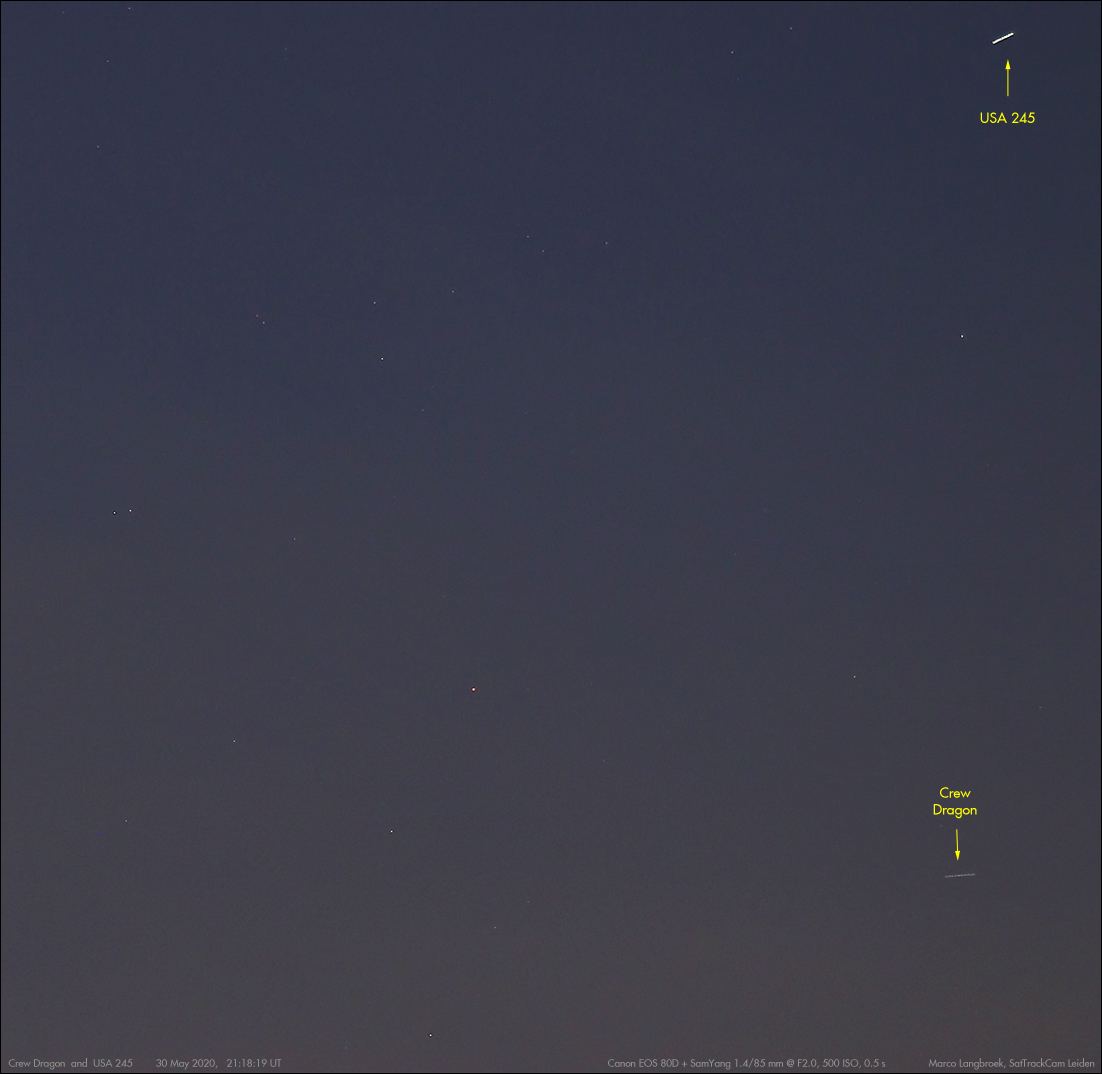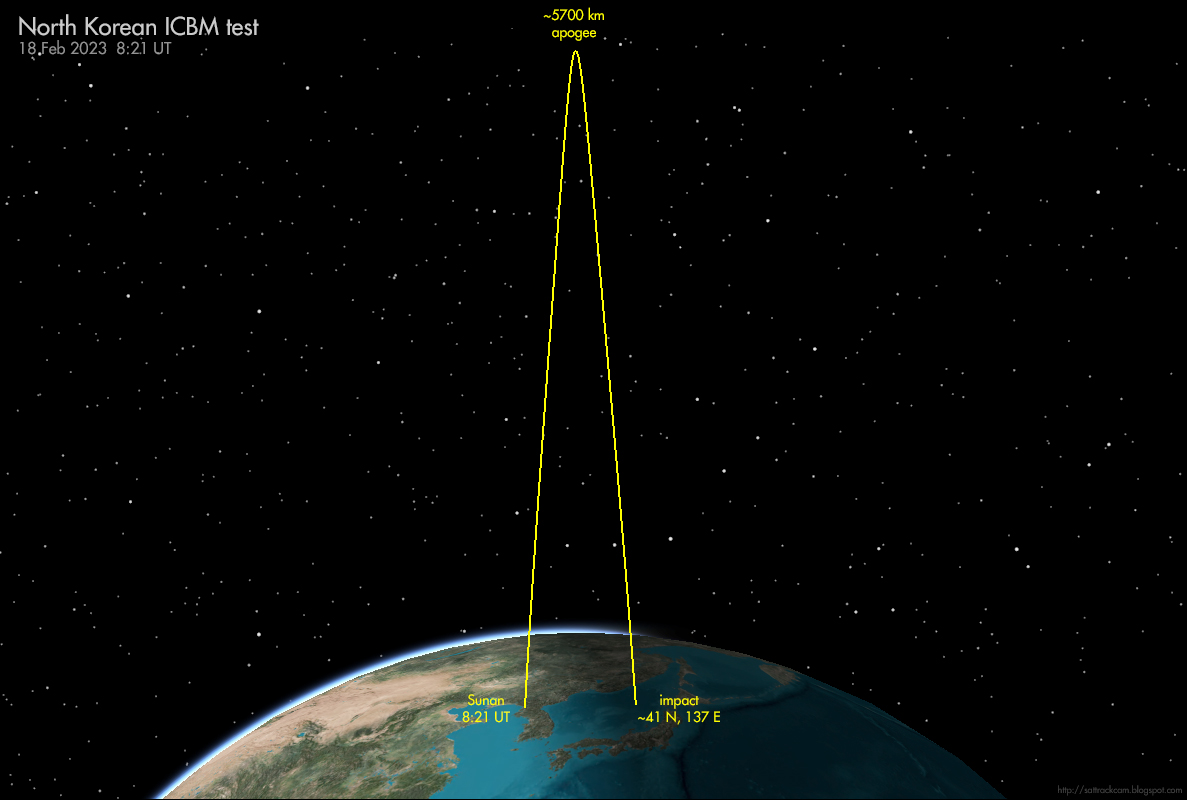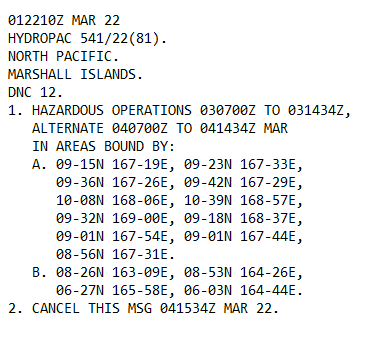1/3
I photographed the @SpaceX #CrewDragon during its 2nd revolution, 2 hrs after launch, from Cronesteyn Park, Leiden, Netherlands. Canon EOS 80D + SamYang 1.4/85 mm at F2.0, 500 ISO, 0.5 seconds.
Stack of 52 images 21:18:25 - 21:18:59 UT. Disappears in earth shadow at left.
I photographed the @SpaceX #CrewDragon during its 2nd revolution, 2 hrs after launch, from Cronesteyn Park, Leiden, Netherlands. Canon EOS 80D + SamYang 1.4/85 mm at F2.0, 500 ISO, 0.5 seconds.
Stack of 52 images 21:18:25 - 21:18:59 UT. Disappears in earth shadow at left.

2/3
Another image stack with #CrewDragon , just before the previous one (see previosu tweet), 21:17:40 - 21:18:09 UT (May 30).
This is in late twilight and very low above the horizon (9 degrees!!) . Crew Dragon is passing through Corvus.
Another image stack with #CrewDragon , just before the previous one (see previosu tweet), 21:17:40 - 21:18:09 UT (May 30).
This is in late twilight and very low above the horizon (9 degrees!!) . Crew Dragon is passing through Corvus.

3/3
A single shot 21:18:19 UT (May 30), showing the #CrewDragon ánd the classified US spy satellite USA 245! This is a high resolution optical reconnaisaance satellite.
I wonder if it was imaging Crew Dragon (they did this with Shuttles just after launch, to detect tile damage).
A single shot 21:18:19 UT (May 30), showing the #CrewDragon ánd the classified US spy satellite USA 245! This is a high resolution optical reconnaisaance satellite.
I wonder if it was imaging Crew Dragon (they did this with Shuttles just after launch, to detect tile damage).

• • •
Missing some Tweet in this thread? You can try to
force a refresh













